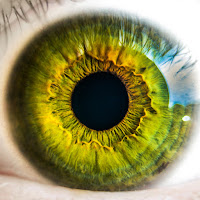Reflection
Reflection This course was beneficial to me as an educator in that I learned not only a few new technologies to incorporate into my teaching but also how to create a PBL, a UbD and develop a grant. In the past, I had considered all of these to be too time-consuming. The PBL is somewhat time-consuming, but if you have an idea and sources, the process goes rather quickly. The UbD took considerable time. There were many components to consider, but in the end, I had a unit that will last at least a month and provide students with a unique learning experience. I was most surprised about the ease of writing the grant. I know some grants require letters of references and lots of other data, but the NEF grant that I chose was pretty straightforward. It was a form and you basically just fill it out and get a few signatures. I also looked at several other grants and many of these were simply comprised of completing a form with three or four boxes - seems easy enough. Moving forward, I plan...


